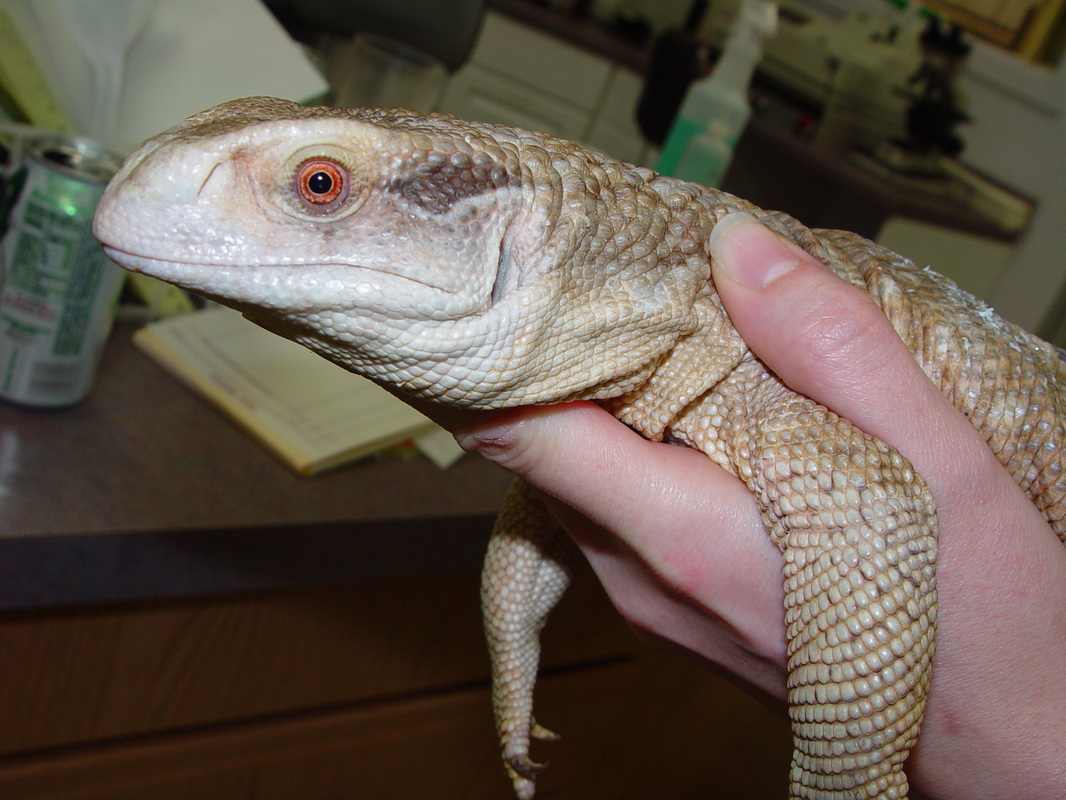
Baby Bosc Monitor Care Sheet: A Comprehensive Guide to Raising a Healthy and Thriving Bosc Monitor
Introduction
The Bosc monitor (Varanus exanthematicus) is a captivating and striking lizard native to the savannas and woodlands of West and Central Africa. With its vibrant coloration, impressive size, and inquisitive nature, the Bosc monitor has gained popularity as a captivating pet among reptile enthusiasts. However, providing proper care for a baby Bosc monitor requires a comprehensive understanding of their unique needs and behaviors. This care sheet will provide a detailed guide to ensure the well-being and longevity of your baby Bosc monitor.
Housing
Enclosure:
- Baby Bosc monitors require a spacious enclosure that allows for ample movement and exploration. A minimum enclosure size of 4′ x 2′ x 2′ (length x width x height) is recommended for hatchlings, gradually increasing in size as they grow.
- The enclosure should be well-ventilated and provide secure hiding places. Live plants, branches, and rocks can be used to create a naturalistic environment.
Substrate:
- A loose, moisture-retentive substrate such as cypress mulch, coconut fiber, or a mixture of both is ideal. This substrate provides a suitable digging medium and helps maintain humidity levels.
Temperature and Humidity:
- Baby Bosc monitors require a temperature gradient within their enclosure. A basking spot of 95-105°F (35-41°C) should be provided using a heat lamp or ceramic heat emitter. The ambient temperature should range from 80-90°F (27-32°C).
- Humidity levels should be maintained between 60-80%. This can be achieved by misting the enclosure regularly or using a humidifier.
Lighting:
- Baby Bosc monitors require both UVB and UVA lighting to synthesize vitamin D3 and regulate their metabolism. A 10.0 UVB bulb should be placed in the enclosure and replaced every 6-12 months. UVA lighting can be provided using a separate UVA bulb or a combination UVB/UVA bulb.
Diet
Feeding Frequency:
- Baby Bosc monitors should be fed daily. As they grow, the feeding frequency can be reduced to 2-3 times per week.
Diet:
- The diet of a baby Bosc monitor should consist primarily of live insects. Suitable prey items include crickets, dubia roaches, mealworms, and waxworms.
- Occasionally, small pinky mice can be offered as a treat.
- All prey items should be gut-loaded with a nutritious diet to ensure the monitor receives essential vitamins and minerals.
Supplements:
- Calcium and vitamin D3 supplements are essential for proper bone development and overall health. These supplements should be dusted on live prey items before feeding.
Water
- A shallow water dish should be provided at all times. The water should be fresh and changed regularly.
Handling
Frequency:
- Baby Bosc monitors should be handled as little as possible, especially during the first few weeks after hatching. Excessive handling can stress the animal and lead to health problems.
Technique:
- When handling a baby Bosc monitor, always support its body with one hand while gently grasping its tail with the other. Avoid holding the monitor by its tail alone, as this can cause injury.
Socialization:
- Regular, gentle handling can help socialize a baby Bosc monitor and make it more comfortable with human interaction. However, it is important to respect the animal’s boundaries and avoid overwhelming it.
Health
Common Health Issues:
- Metabolic bone disease (MBD): This condition is caused by a deficiency of calcium and vitamin D3. Symptoms include soft or deformed bones, lethargy, and loss of appetite.
- Respiratory infections: These infections can be caused by bacteria or viruses and can lead to coughing, sneezing, and difficulty breathing.
- Parasites: Internal and external parasites can infest Bosc monitors and cause a variety of health problems. Regular fecal exams and deworming are essential for parasite prevention.
Signs of Illness:
- Lethargy
- Loss of appetite
- Discharge from the eyes or nose
- Difficulty breathing
- Swelling or discoloration of the skin
Veterinary Care:
- It is crucial to establish a relationship with a qualified reptile veterinarian who specializes in lizards. Regular veterinary checkups are essential for monitoring the health of your Bosc monitor and detecting any potential health issues early on.
Conclusion
Raising a baby Bosc monitor is a rewarding experience that requires dedication and a deep understanding of their unique needs. By providing a suitable enclosure, maintaining proper temperature and humidity levels, offering a nutritious diet, and handling the animal with care, you can ensure the well-being and longevity of your captivating companion. Remember to consult with a qualified reptile veterinarian for regular checkups and guidance on any health concerns. With proper care and attention, your baby Bosc monitor will thrive and bring years of enjoyment and fascination to your life.
